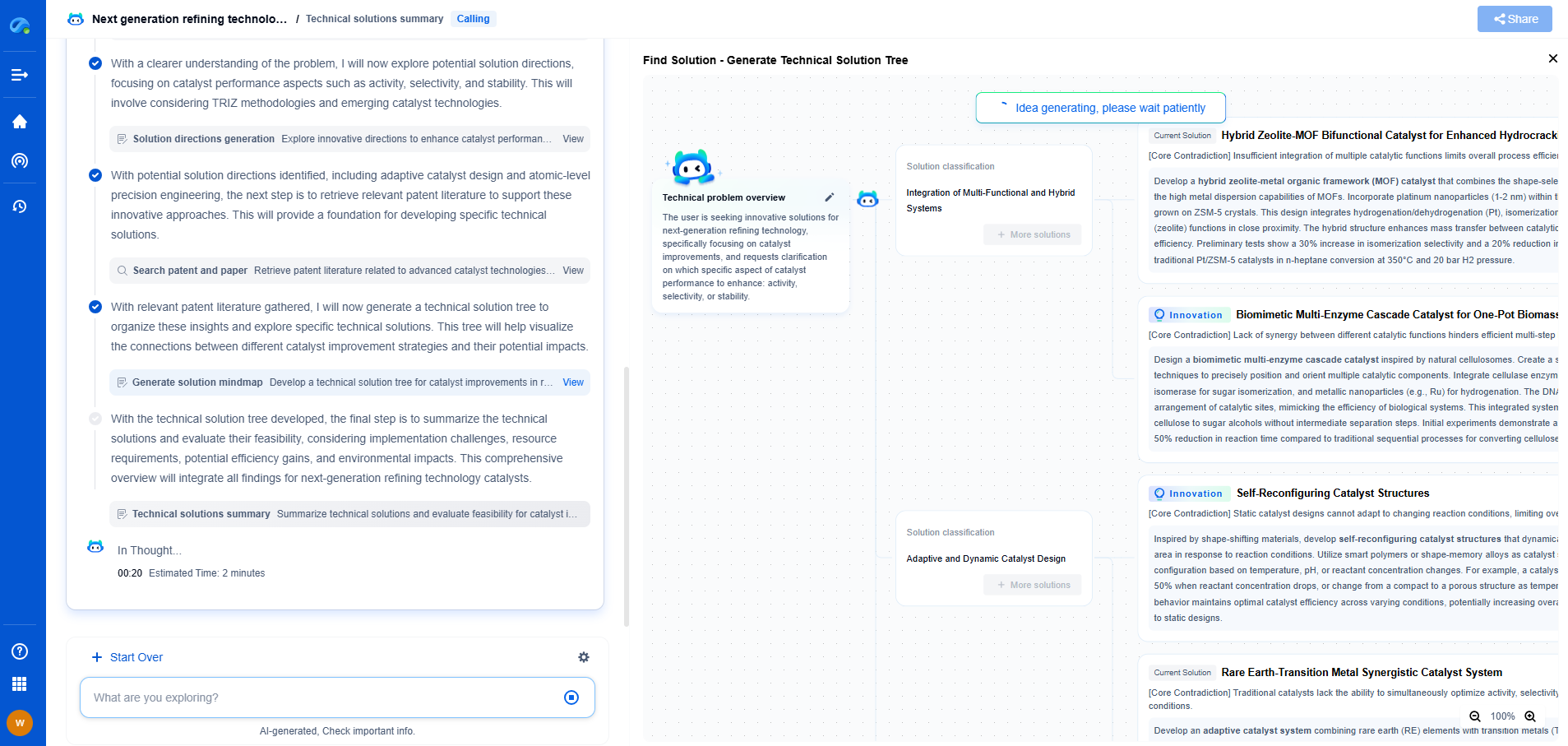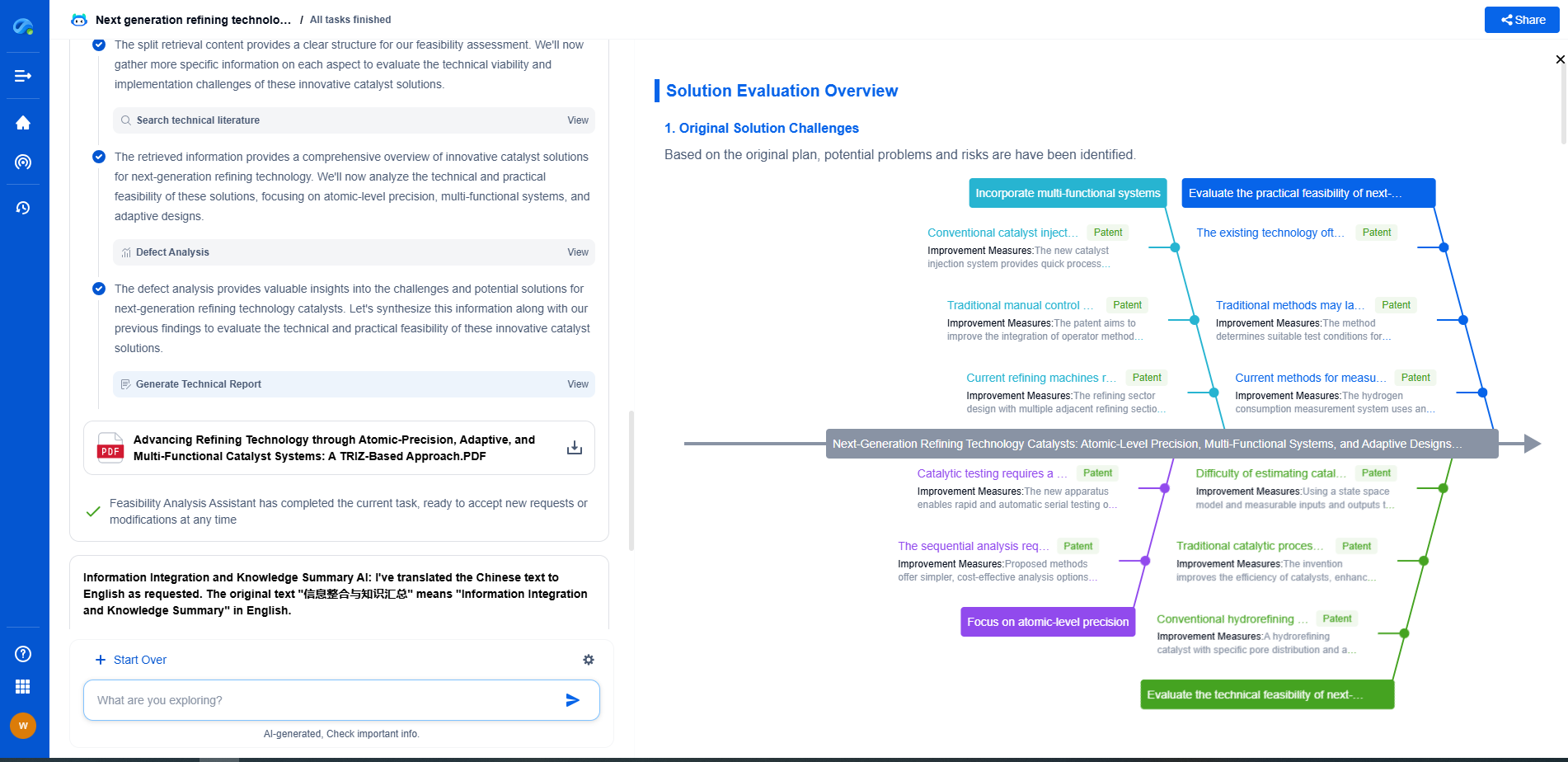SDR vs Traditional RF Hardware: Pros and cons for developers
JUL 14, 2025 |
The world of radio frequency (RF) technology has seen significant advancements over the past few decades. Traditional RF hardware has long been a staple in the industry, providing reliable and robust solutions for a wide range of applications. However, with the advent of software-defined radio (SDR) technology, developers are now faced with a compelling alternative. This blog explores the pros and cons of SDR and traditional RF hardware, providing insights to help developers decide which approach best suits their needs.
Understanding Software-Defined Radio
Software-defined radio (SDR) is an innovative approach that uses software to perform tasks traditionally executed by hardware. By leveraging digital signal processing on general-purpose processors or specialized chips, SDR provides a flexible and adaptable platform for RF communication. This flexibility allows SDRs to support multiple protocols and standards without requiring significant hardware changes.
Advantages of SDR
1. Flexibility and Versatility: The main advantage of SDR is its adaptability. Developers can easily modify and update the software to support new standards and protocols, making it an excellent choice for applications requiring frequent updates or customization.
2. Cost-Effectiveness: SDR can reduce costs associated with hardware upgrades. Since much of the functionality is implemented in software, developers can avoid expensive hardware replacements, instead opting for software updates.
3. Rapid Prototyping and Development: SDR enables faster prototyping and iteration. Developers can test different configurations and algorithms without needing to redesign hardware, allowing for quicker experimentation and refining of solutions.
4. Multi-Standard Support: SDR can support multiple communication standards, all within the same device. This capability is particularly beneficial in environments where different standards coexist, such as in multi-country deployments or dynamic spectrum access systems.
Disadvantages of SDR
1. Processing Power Requirements: SDRs typically require significant computational resources, which can lead to higher power consumption and increased cooling needs. This requirement may be a limitation for applications where power efficiency is a primary concern.
2. Latency Concerns: Software processing can introduce latency, which might be a critical issue in real-time applications. Developers need to carefully design and optimize their systems to minimize these effects.
3. Initial Learning Curve: Implementing SDR solutions can involve a steep learning curve, especially for developers accustomed to traditional RF hardware. Understanding digital signal processing and software development is essential for leveraging the full potential of SDR.
Exploring Traditional RF Hardware
Traditional RF hardware relies on dedicated components to perform specific tasks, offering reliable and often high-performance solutions. These systems are typically well-suited for applications with fixed requirements and have been the backbone of RF communication for decades.
Advantages of Traditional RF Hardware
1. Proven and Reliable: Traditional RF systems are well-established, with a long history of successful deployments. They offer proven reliability and are often preferred for mission-critical applications requiring high stability.
2. Low Latency: Hardware-based solutions typically offer lower latency compared to SDRs because the signal processing is done in dedicated hardware components rather than in software.
3. Power Efficiency: Traditional RF hardware can be more power-efficient than SDR solutions, as they are optimized for specific tasks and do not require the same level of computational resources.
Disadvantages of Traditional RF Hardware
1. Limited Flexibility: Unlike SDRs, traditional RF systems lack flexibility. Any change in protocol or standard typically requires new hardware, leading to increased costs and longer deployment times.
2. Higher Development Costs: Developing traditional RF solutions can be more expensive and time-consuming, as it involves designing and manufacturing hardware components specific to each application.
3. Scalability Issues: Traditional RF hardware may struggle to adapt to changing requirements or expanded functionality, limiting its scalability in dynamic environments.
Conclusion
Choosing between SDR and traditional RF hardware depends on the specific needs and constraints of the project. SDR offers flexibility, cost-effectiveness, and adaptability, making it ideal for applications that require frequent updates and multi-standard support. However, it comes with challenges such as higher processing power requirements and potential latency issues. On the other hand, traditional RF hardware provides proven reliability, low latency, and power efficiency, but at the cost of flexibility and scalability.
For developers, understanding these trade-offs is crucial in making an informed decision. By evaluating the specific requirements and constraints of their applications, developers can choose the approach that best aligns with their goals, ensuring successful and efficient RF communication solutions.
From 5G NR to SDN and quantum-safe encryption, the digital communication landscape is evolving faster than ever. For R&D teams and IP professionals, tracking protocol shifts, understanding standards like 3GPP and IEEE 802, and monitoring the global patent race are now mission-critical.
Patsnap Eureka, our intelligent AI assistant built for R&D professionals in high-tech sectors, empowers you with real-time expert-level analysis, technology roadmap exploration, and strategic mapping of core patents—all within a seamless, user-friendly interface.
📡 Experience Patsnap Eureka today and unlock next-gen insights into digital communication infrastructure, before your competitors do.
- R&D
- Intellectual Property
- Life Sciences
- Materials
- Tech Scout
- Unparalleled Data Quality
- Higher Quality Content
- 60% Fewer Hallucinations
Browse by: Latest US Patents, China's latest patents, Technical Efficacy Thesaurus, Application Domain, Technology Topic, Popular Technical Reports.
© 2025 PatSnap. All rights reserved.Legal|Privacy policy|Modern Slavery Act Transparency Statement|Sitemap|About US| Contact US: help@patsnap.com

